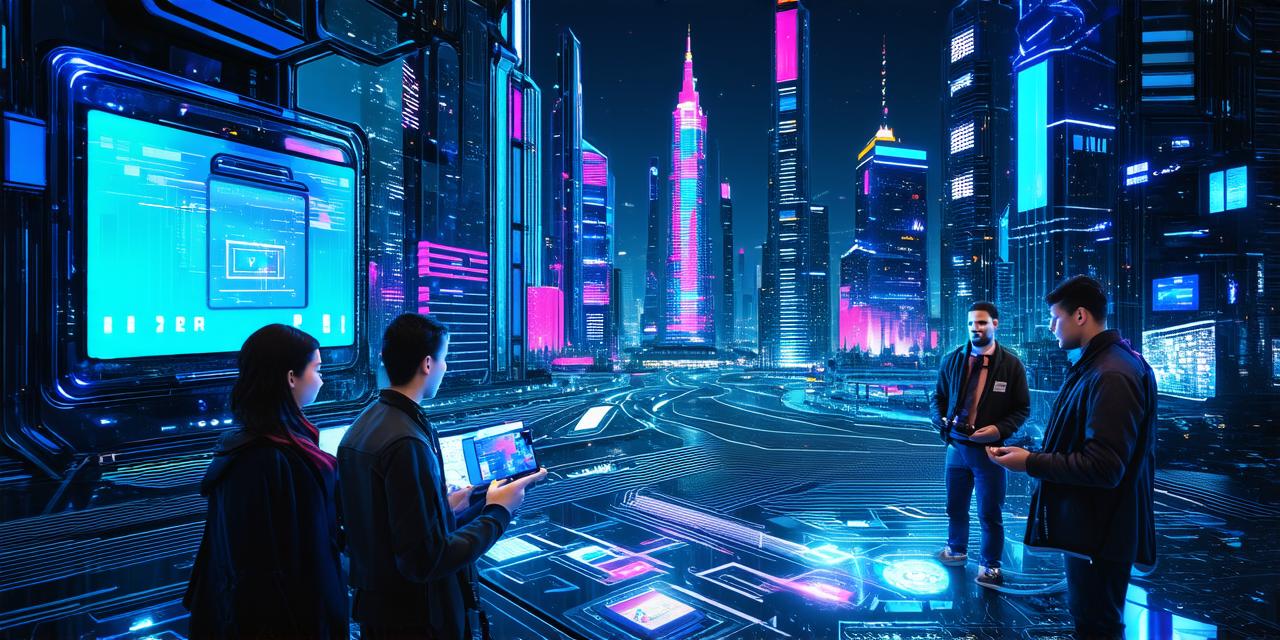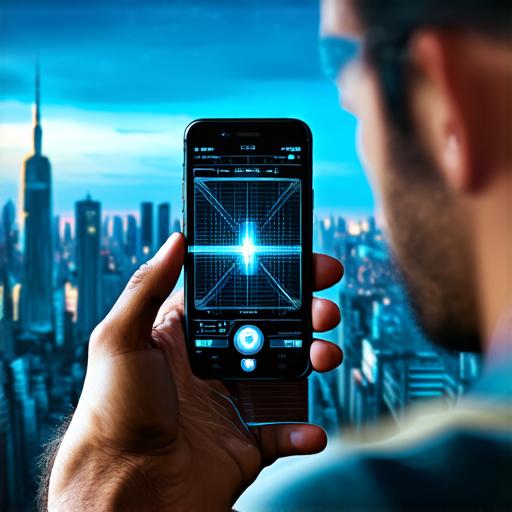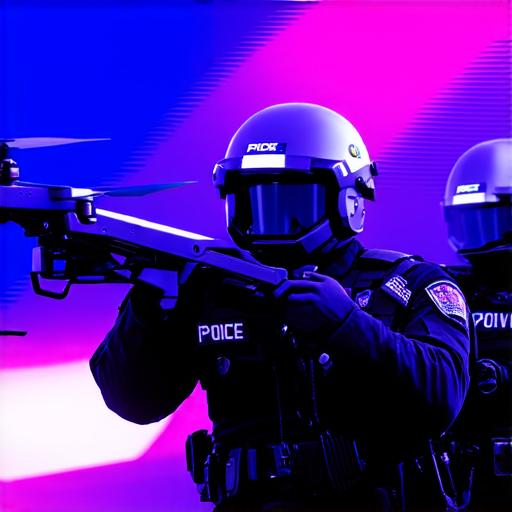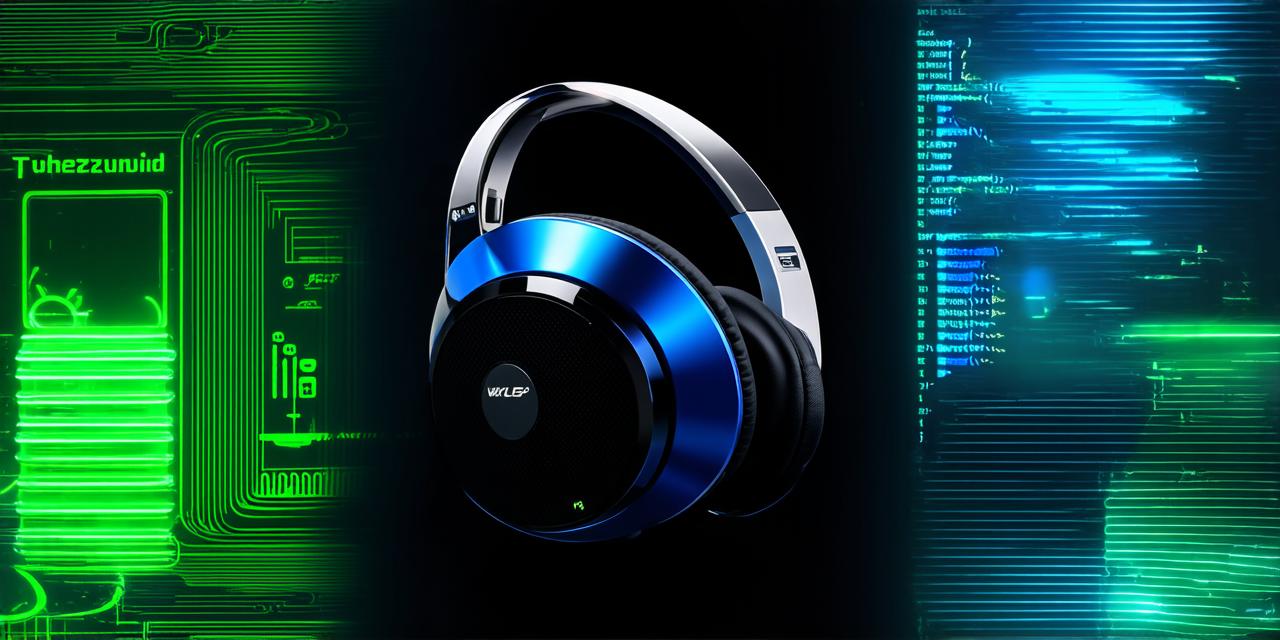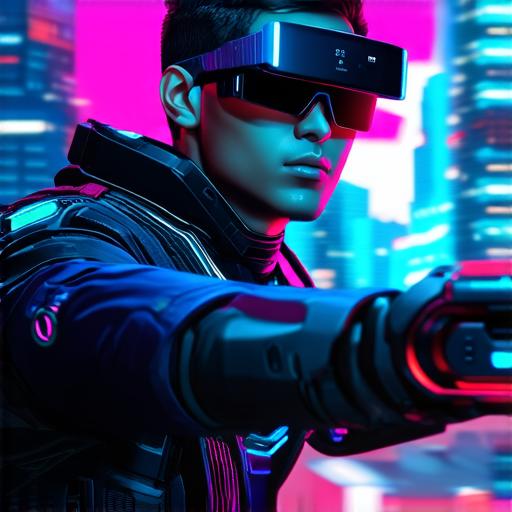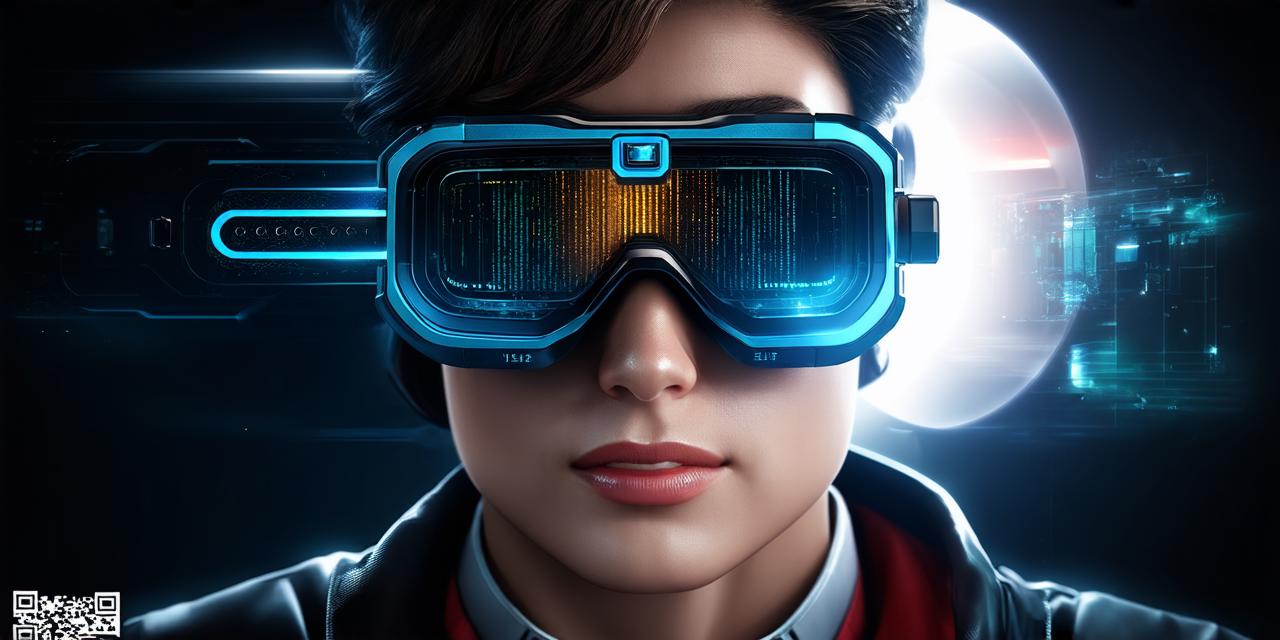What is Augmented Reality?
AR is a technology that overlays digital information onto the real world in real-time. This can include images, videos, sounds, and other data that can be viewed through a smartphone or tablet camera. AR apps use a device’s sensors to track its position and orientation in space, allowing the user to see virtual objects in their surroundings.
AR vs VR: What’s the Difference?
Augmented reality and virtual reality (VR) are often used interchangeably, but they are actually two different technologies. VR creates a fully immersive experience by isolating the user from their physical environment, while AR overlays digital information onto the real world.
Real-World Applications of AR in Business
-
Retail: AR has been used in the retail industry to create interactive product displays that allow customers to see how items would look in their home or on their body. For example, IKEA’s Place app uses AR to let users place virtual furniture in their homes and see how it looks and fits before making a purchase.
-
Marketing: Companies are using AR to create engaging marketing campaigns that capture the attention of customers. For instance, Nike’s SNKRS app lets users try on virtual shoes and see how they look on their feet before making a purchase.
-
Education: AR has been used in education to create interactive learning experiences that engage students and enhance understanding. For example, Anatomy 4D uses AR to let students explore the human body in 3D, allowing them to see internal organs and systems in greater detail.
-
Manufacturing: AR has streamlined manufacturing processes by providing real-time information to workers on the production line. This can include instructions for assembling products or identifying potential issues before they become major problems.
-
Healthcare: AR has been used in healthcare to improve patient outcomes and reduce costs. For example, the da Vinci Surgical System uses AR to guide surgeons during procedures, allowing them to see inside the patient’s body without making incisions.

The Future of AR in Business
As AR technology continues to evolve, it is likely that we will see even more creative and innovative applications in business. For instance, some experts predict that AR will be used to create virtual try-on experiences for e-commerce, allowing customers to see how products would look on them before making a purchase.
Others predict that AR will be used to create interactive product demos that allow customers to see how products work in real-time. As the technology continues to develop, we can expect to see even more practical and innovative applications that will revolutionize the way businesses operate.
FAQs
1. How does augmented reality work?
AR technology uses sensors on a device to track its position and orientation in space, allowing the user to see virtual objects in their surroundings.
2. Is augmented reality the same as virtual reality?
No, AR overlays digital information onto the real world while VR creates a fully immersive experience by isolating the user from their physical environment.
3. What are some real-world applications of augmented reality in business?
AR has been used in retail, marketing, education, manufacturing, and healthcare to create engaging experiences for customers and improve processes for businesses.
4. What is the future of augmented reality in business?
As AR technology continues to evolve, we are likely to see even more innovative applications that will transform the way we work and interact with the world around us.
Conclusion
Augmented Reality (AR) technology is transforming the way businesses operate, providing new and innovative ways to engage customers and streamline operations. As this technology continues to evolve, we can expect to see even more practical and creative applications that will revolutionize the business world.

